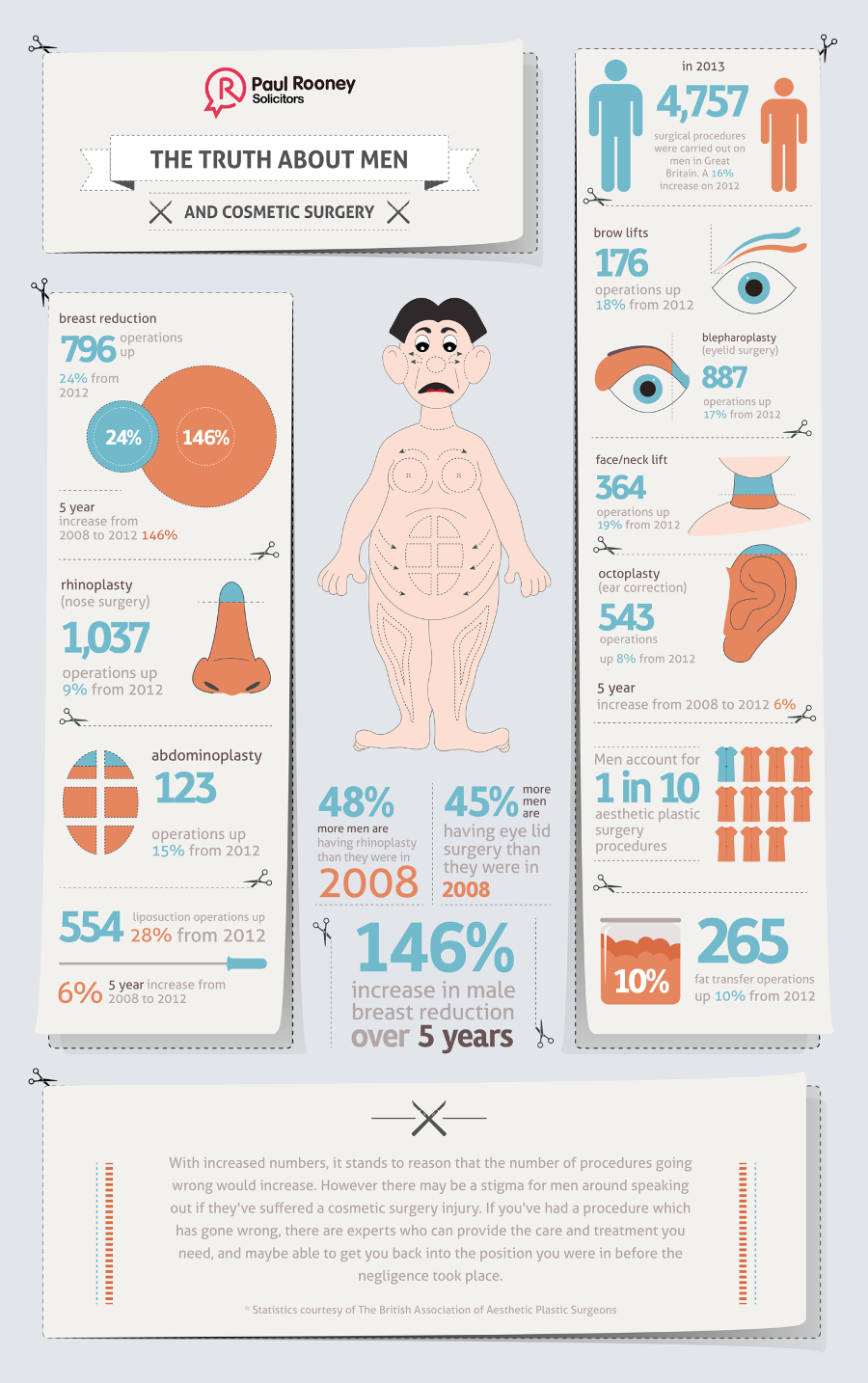The Importance Of Ceramides For Acne Prone Skin
The Importance Of Ceramides For Acne Prone Skin
Blog Article
Hormone Acne - What is Hormone Acne?
Hormonal acne is characterized by clogged pores and oily skin that typically shows up on the chin and jawline. It happens when hormonal adjustments activate inflammation and microbial overgrowth within hair roots.
Outbreaks might look like whiteheads, blackheads, papules or pustules and cysts or blemishes in extra extreme cases. It is more common in teens going through puberty but can affect adults of any age.
What Causes Hormonal Acne?
While acne can be caused by a variety of aspects, consisting of utilizing hair and skin treatment products that aren't oil-free or made with components that might block pores, genetic predisposition, diet,2 and tension, the source is varying hormones. Hormonal acne occurs when the body experiences hormonal changes and variations that bring about an overflow of sebum, which creates swelling, boosted development of microorganisms and modifications in skin cell task.
Hormonal acne is frequently found on the lower jawline, cheeks and neck yet can show up anywhere on the body. It is identified by acnes that are cystic, agonizing and full of pus or other material. It is also more likely to occur in females than males, particularly during puberty, the menstrual cycle, maternity or menopause.
Age
While several children experience acne at some time during puberty, it can remain to pester adults well into adulthood. Known as hormonal acne, this kind of breakout is tied to variations in hormonal agents and is normally most typical in ladies.
Hormonal acne takes place when oil glands generate excessive sebum, which clogs pores and catches dead skin cells. This brings about the development of acnes, such as whiteheads, blackheads and papules, pustules, cysts or nodules, deep under the surface area.
This sort of acne typically causes discomfort, inflammation and inflammation. It may additionally be cyclical and appear around the very same time monthly, such as right before your duration starts. This is because levels of women hormonal agents like progesterone and oestrogen change with each menstrual cycle.
Menstrual Cycle
Hormonal acne commonly shows up in the lower part of your face, along the jawline and cheeks, as whiteheads, blackheads or inflammatory pimples (acnes and cysts). It's more than likely to appear around the moment when your menstruation changes.
Especially around ovulation, when estrogen and progesterone degrees are on the rise, hormonal agent changes can cause outbreaks. However it's also possible to obtain acne at any type of point throughout your 28-day menstruation.
If you discover that your hormonal acne flare right before your duration, try noticing when specifically this occurs and see if it relates hair botox to the stages of your 28-day menstruation. This will aid you identify the root causes of your skin difficulties. For example, you might wish to work on stabilizing your blood sugar and removing high-sugar foods, or think about a prescription medication like spironolactone that can regulate your hormonal agents.
Pregnancy
Expanding a baby is a time of significant hormonal adjustments. For numerous females, this consists of a flare-up of hormonal acne. This kind of breakout normally begins in the initial trimester, around week six. It's brought on by hormone rises that promote sebaceous glands to make even more oil, which can clog pores and trigger more germs to build up.
Outbreaks might likewise take place as a result of pre-existing conditions like polycystic ovary disorder, which can likewise be a concern during pregnancy and menopause. Additionally, some types of contraceptive pill (such as Ortho Tri-Cyclen and YAZ) can trigger hormonal acne in some females.
Luckily, most acne therapies are "no-go" for expectant ladies (consisting of popular acne-fighting active ingredients such as isotretinoin and spironolactone). But if you can not stay clear of those bothersome bumps, your medical professional may suggest oral erythromycin or cephalexin, which are risk-free while pregnant.
Menopause
As women come close to menopause, the estrogen levels that created their hormone acne to flare during adolescence start to stabilize and reduce. At the same time, however, a spike in androgens (likewise called male hormones) happens because these hormones can not be exchanged estrogen as efficiently as in the past.
The excess of androgens can set off oil manufacturing by the sebaceous glands, which blocks pores. When the clogged up pores become irritated and aggravated, a pimple types.
Hormone acne is generally seen on the face, specifically around the chin and jawline, yet it can occur on the neck, back, shoulders, or breast. This sort of acne tends to flare up in an intermittent pattern, comparable to the menstrual cycle. Stress and anxiety, which increases cortisol and throws hormones out of equilibrium, additionally contributes to the breakouts.